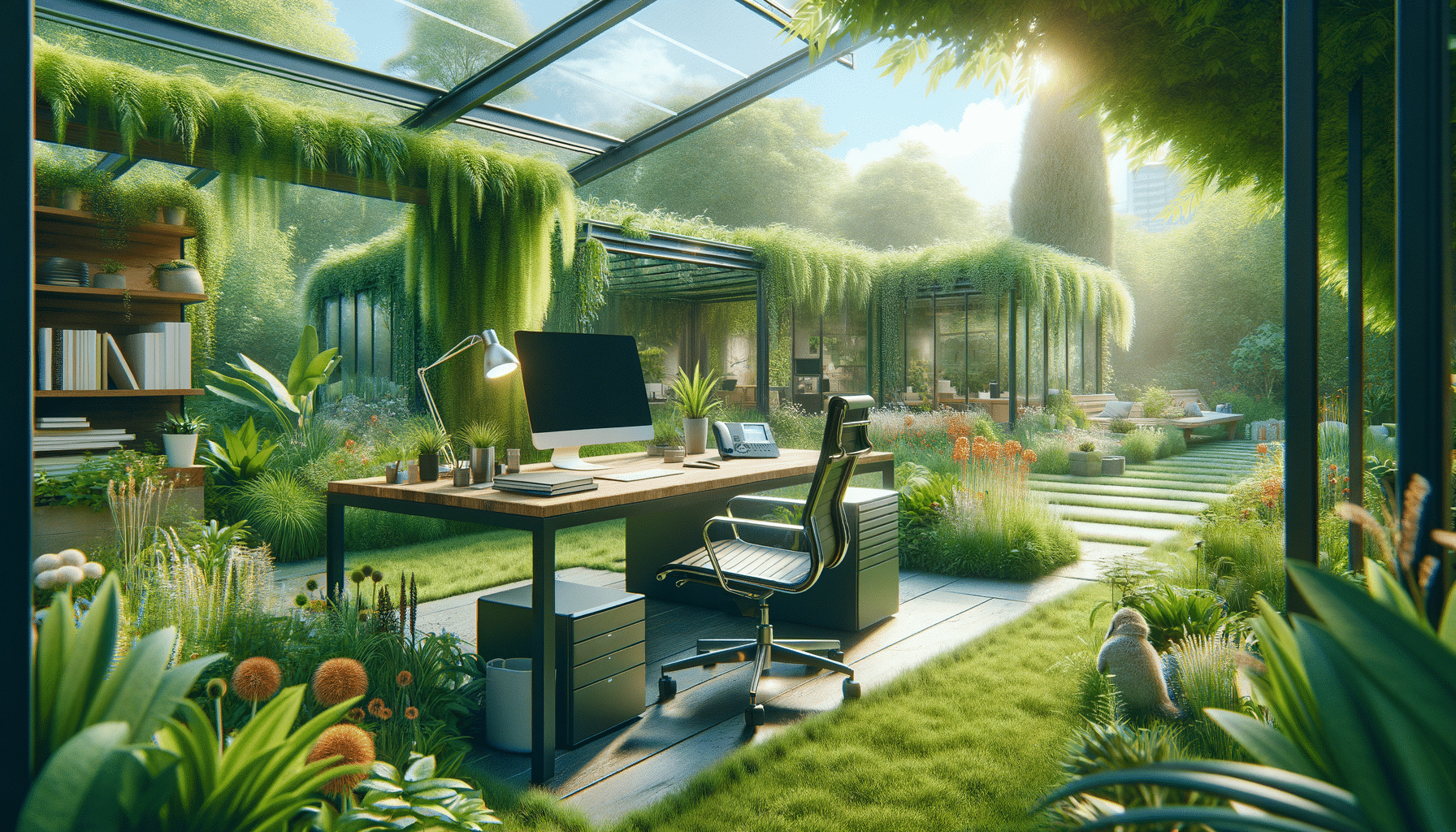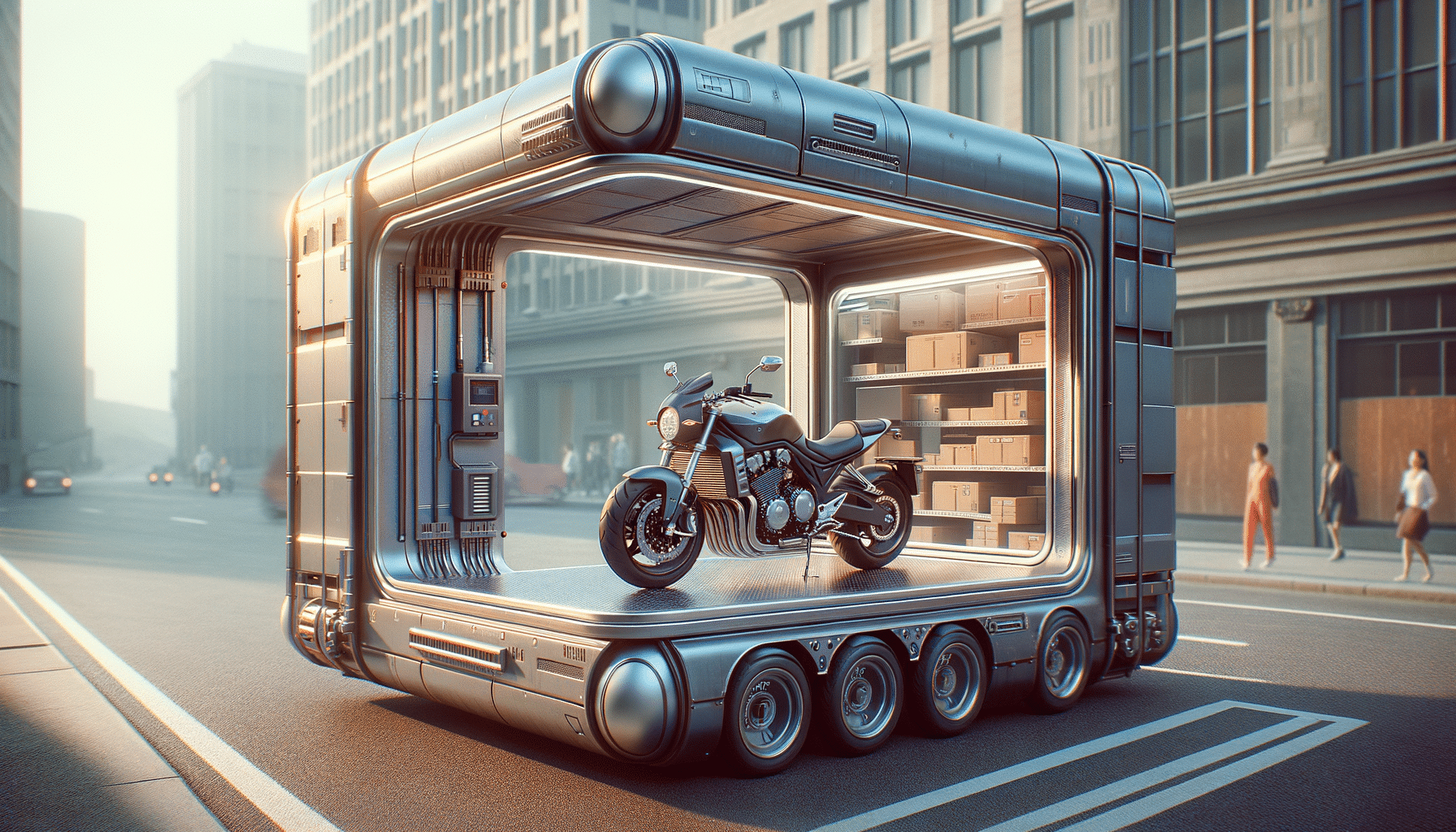
Exploring the World of Prefabricated Homes: A Modern Housing Solution
Introduction to Prefabricated Homes
In recent years, prefabricated homes have gained significant traction as a modern housing solution. These homes, often referred to as “prefabs,” are constructed off-site in a factory setting before being transported and assembled at the final location. This innovative approach to home building offers numerous advantages, making it an attractive option for many potential homeowners. Prefabricated homes are not only cost-effective but also environmentally friendly, providing a sustainable alternative to traditional construction methods.
The Advantages of Prefabricated Homes
Prefabricated homes offer a myriad of benefits that appeal to a wide range of homeowners. One of the most significant advantages is the reduced construction time. Since the majority of the building process occurs in a controlled factory environment, weather-related delays are minimized, allowing for a more predictable timeline. Additionally, the cost of building prefabricated homes is often lower than traditional homes due to the efficiency of mass production and reduced labor costs.
Another advantage is the environmental impact. Prefabricated homes are designed with sustainability in mind, utilizing energy-efficient materials and construction techniques. This not only reduces waste during the building process but also results in homes that require less energy to maintain. Furthermore, the precision of factory construction ensures a high level of quality control, leading to durable and well-insulated structures.
Types of Prefabricated Homes
Prefabricated homes come in various forms, each offering unique features and benefits. The most common types include modular homes, panelized homes, and manufactured homes. Modular homes are built in sections, or modules, which are then transported to the site and assembled. This method allows for a high degree of customization and flexibility in design.
Panelized homes, on the other hand, involve constructing wall panels in a factory setting before assembling them on-site. This approach offers a balance between customization and efficiency, as it allows for more design flexibility than manufactured homes. Manufactured homes, often referred to as mobile homes, are entirely constructed in a factory and transported to the site in one piece. While they offer less customization, they are typically the most affordable option.
Challenges and Considerations
Despite their many advantages, prefabricated homes also present certain challenges and considerations. One of the primary concerns is the perception of quality and value. Some potential buyers may view prefabricated homes as inferior to traditional homes due to misconceptions about their durability and design. However, advancements in technology and construction methods have significantly improved the quality and aesthetics of prefabricated homes.
Additionally, zoning regulations and building codes can pose challenges for prefabricated home buyers. It’s essential to research local regulations and ensure compliance before purchasing or building a prefab home. Financing can also be a hurdle, as some lenders may be hesitant to provide loans for prefabricated homes. However, as the popularity of these homes continues to grow, more financial institutions are offering specialized mortgage products to accommodate this market.
The Future of Prefabricated Homes
The future of prefabricated homes looks promising as the demand for affordable and sustainable housing solutions increases. Innovations in design and technology are continually enhancing the appeal of prefabricated homes, making them a viable option for a diverse range of buyers. As more people recognize the benefits of prefabricated homes, the industry is likely to expand, offering even more options and possibilities.
In conclusion, prefabricated homes represent a significant shift in the housing industry, providing a modern and efficient alternative to traditional construction methods. With their numerous advantages, including cost savings, environmental benefits, and design flexibility, prefabricated homes are poised to become an integral part of the future housing landscape.

